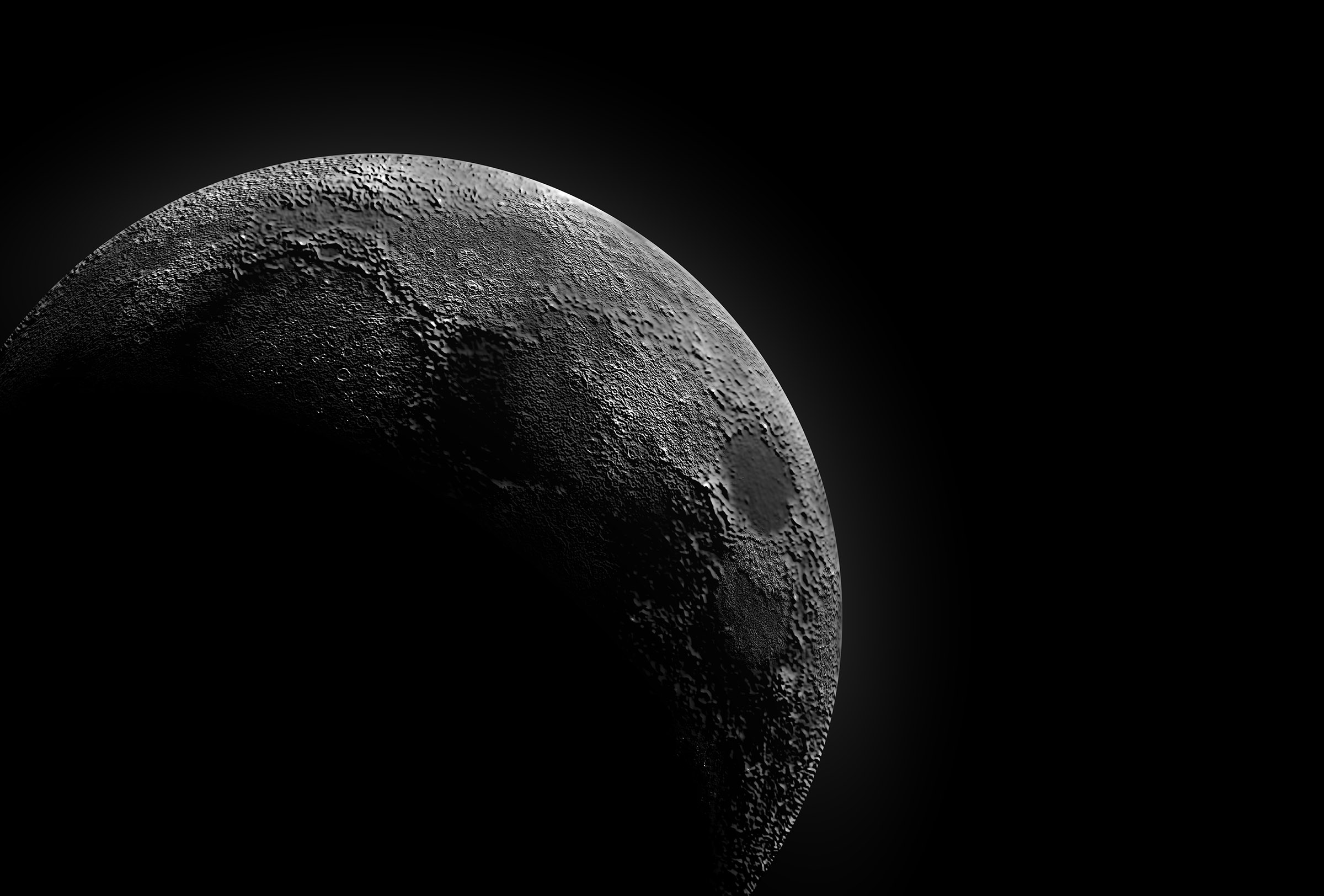There are over 32,000 near-Earth asteroids flying through space near our planet. While the origins of these asteroids aren’t completely known, scientists believe at least one may have come from the Moon. The asteroid known as Kamo`oalewa is believed to be a fragment of the Moon, ejected from the lunar surface millions of years ago after a grand collision.
The possibility that this asteroid might be a fragment of the Moon was first proposed by a University of Arizona team in 2021. A new research group has provided further insight into the possibility, including a unique trajectory that could have made this incident possible.
Previously, scientists believed that most near-Earth asteroids came from beyond the orbit of Mars. However, the possibility that Kamo`oalewa is a fragment of the Moon. The challenge comes in proving that fragments from our lunar satellite could escape Earth’s gravity, which is where this new study comes in.

According to the new study, fragments of the Moon could exit the Earth’s gravity if it was ejected fast enough. Considering the Moon has been pockmarked with various meteoroids over the past several million years. One of these impacts could have led to a fragment being kicked off the satellite, eventually becoming the Kamo`oalewa.
The entire reason that researchers have looked at Kamo`oalewa as a possible fragment of the Moon, though, is because of its unique orbit. While most near-Earth asteroids have orbits that bring them close to Earth, Kamo`oalewa acts more as a companion to Earth most of the time as it orbits the Sun.
The new research has been accepted for publishing in the journal Communications Earth & Environment, and it goes into detail on how the Kamo`oalewa could have become a near-Earth asteroid after being ejected from the Moon’s surface.








